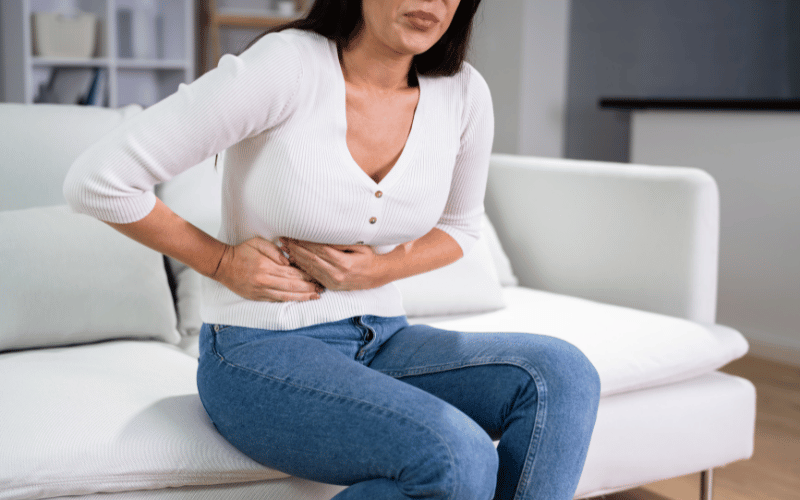2. Digestive Distress: The Gallstones’ Ripple Effect

Gallstones don’t just cause pain; they can throw your entire digestive system out of whack. One moment you’re enjoying your meal, and the next, your stomach is in knots. Bloating, indigestion, and an uncomfortable feeling of fullness—even after a light meal—are all par for the course when gallstones are in the picture.
Now, it’s essential to understand that the gallbladder plays a vital role in digestion. It stores bile, a digestive fluid produced by the liver. When you eat, the gallbladder releases bile to help break down fats. But gallstones can block the flow of bile, leading to digestive disturbances.
The disruption in bile flow can also lead to nausea, another common symptom associated with gallstones. You might feel queasy, especially after eating fatty foods. It’s as if your body is rejecting the meal, struggling to process it without the necessary bile flow.
And then, there’s the issue of gas and belching. With your digestion in disarray, these symptoms can become all too common, adding to the overall feeling of discomfort. It’s a domino effect, with one symptom leading to another, all tracing back to those troublesome gallstones. (2)